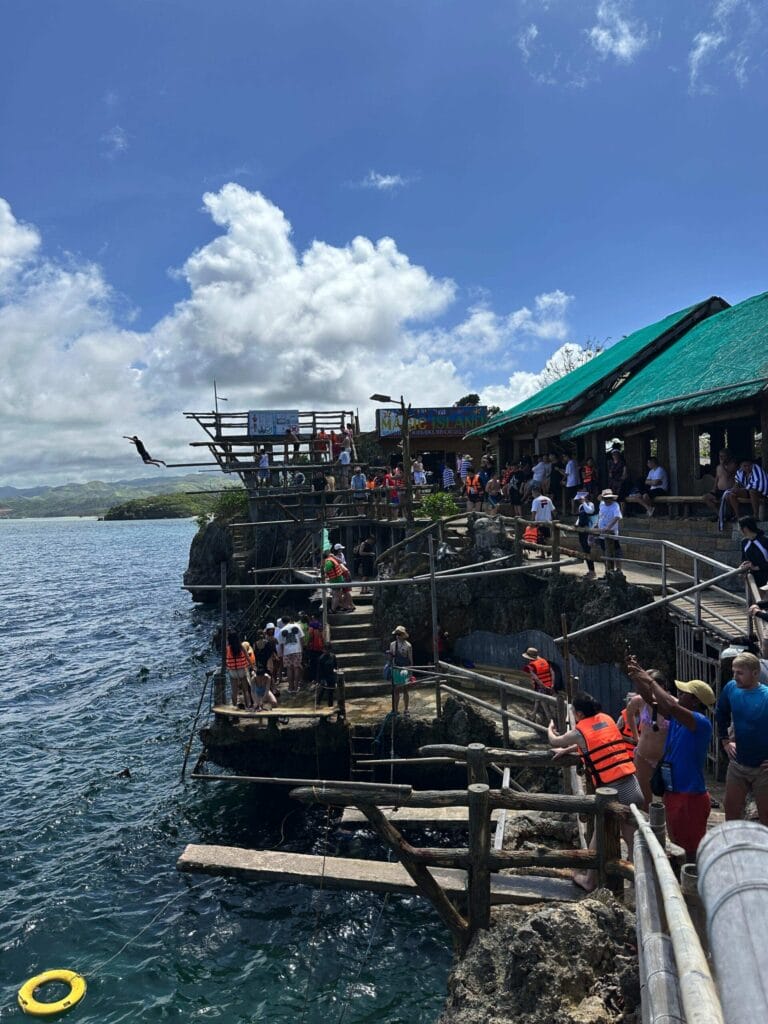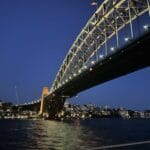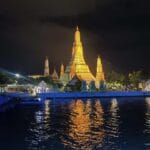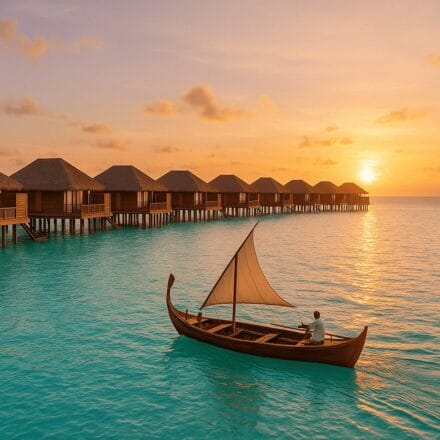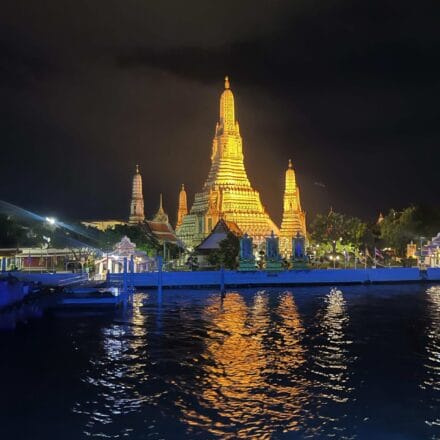The Ultimate Budget Travel Guide to Philippines for Solo Travelers

The Philippines is a solo traveler’s paradise hiding in plain sight. With over 7,000 islands offering postcard-perfect beaches, crystal-clear lagoons, and limestone karsts without the crowds of its more famous neighbors, this archipelago truly deserves more attention.
Table Of Content
- Quick Facts for Solo Travelers
- Best Destinations for Solo Travelers in the Philippines
- Why Palawan Is Perfect for Solo Travelers
- Siargao: A Solo Surfer’s Haven
- Getting Around on a Budget
- Domestic Flights
- Ferries and Boats
- Land Transportation
- Where to Stay as a Solo Traveler
- Money-Saving Accommodation Tips
- Food & Street Eats
- Must-Try Filipino Dishes
- Budget Eating Tips
- Top Things to Do on a Budget
- Free and Nearly-Free Activities
- Meeting People as a Solo Traveler
- Budget Breakdown (2025 Prices)
- Money-Saving Tips
- Safety Tips for Solo Travelers
- My Personal Take
- Planning Your Solo Trip to the Philippines
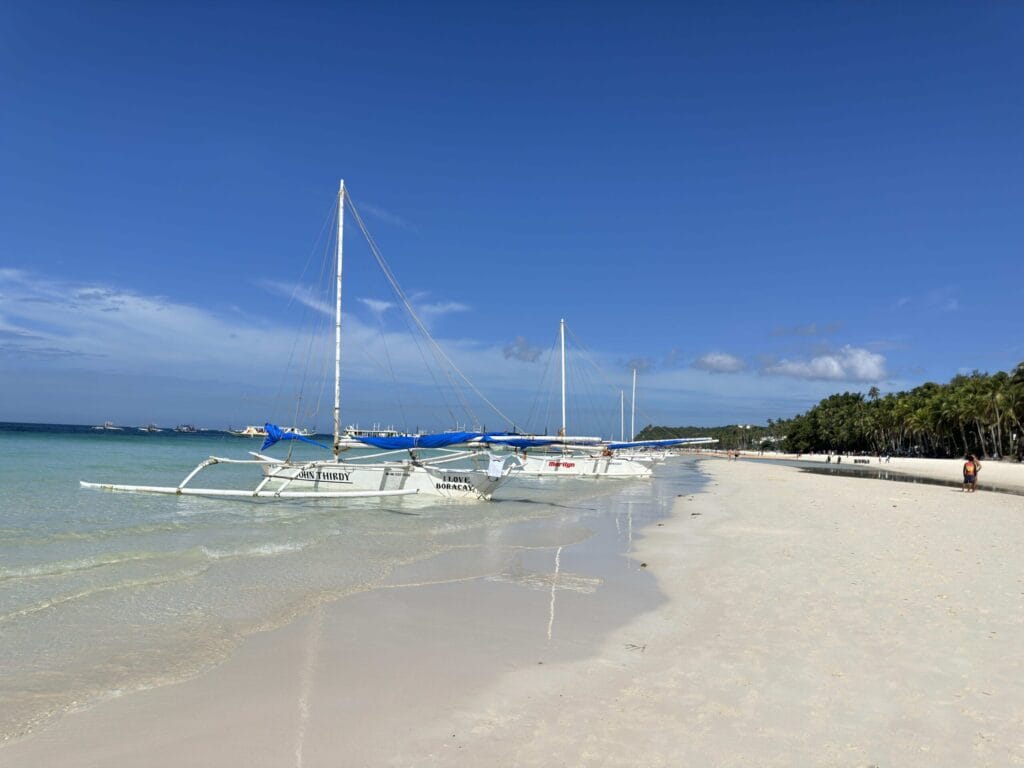
As someone who spent three months island-hopping through the Philippines with just my backpack and a modest budget, I can confidently say it offers the perfect blend of adventure, affordability, and authentic cultural experiences. The widespread use of English, incredibly warm hospitality of locals, and a well-established backpacker infrastructure make it particularly appealing for those venturing out alone for the first time.
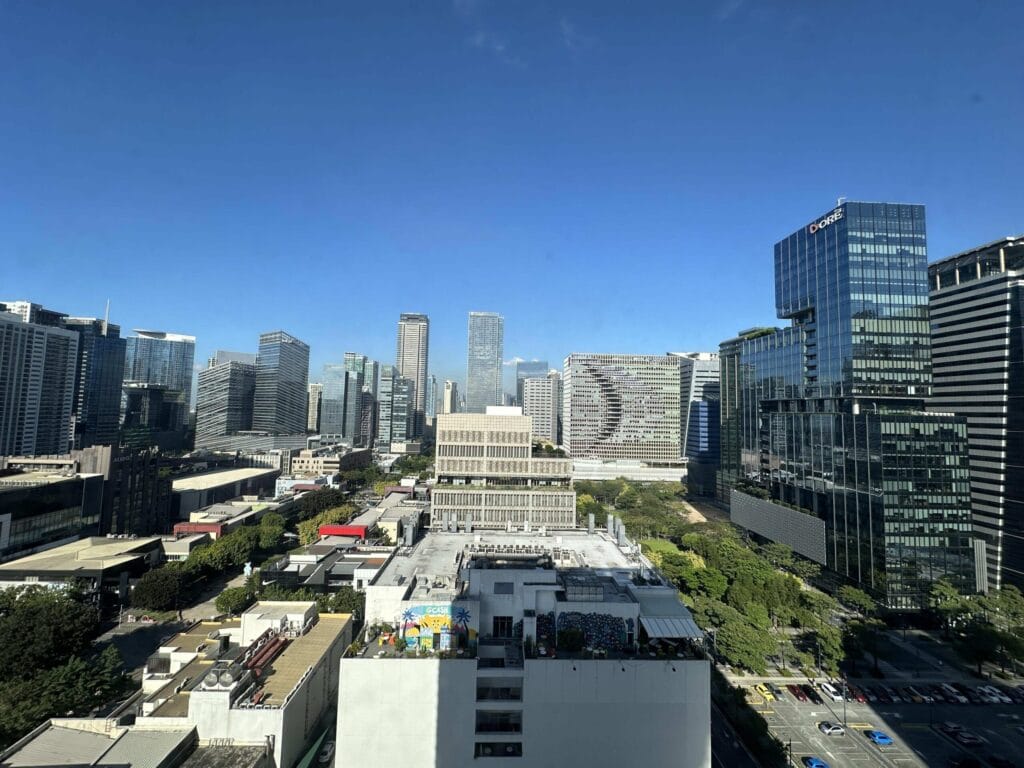
Beyond the stunning natural beauty, what makes the Philippines truly special for budget travelers is how far your money can stretch while still experiencing world-class attractions that would cost a fortune elsewhere. I’ll never forget watching the sunrise from a pristine beach in El Nido, having it all to myself, and thinking: “This would cost hundreds of dollars per night in Thailand or Bali.”
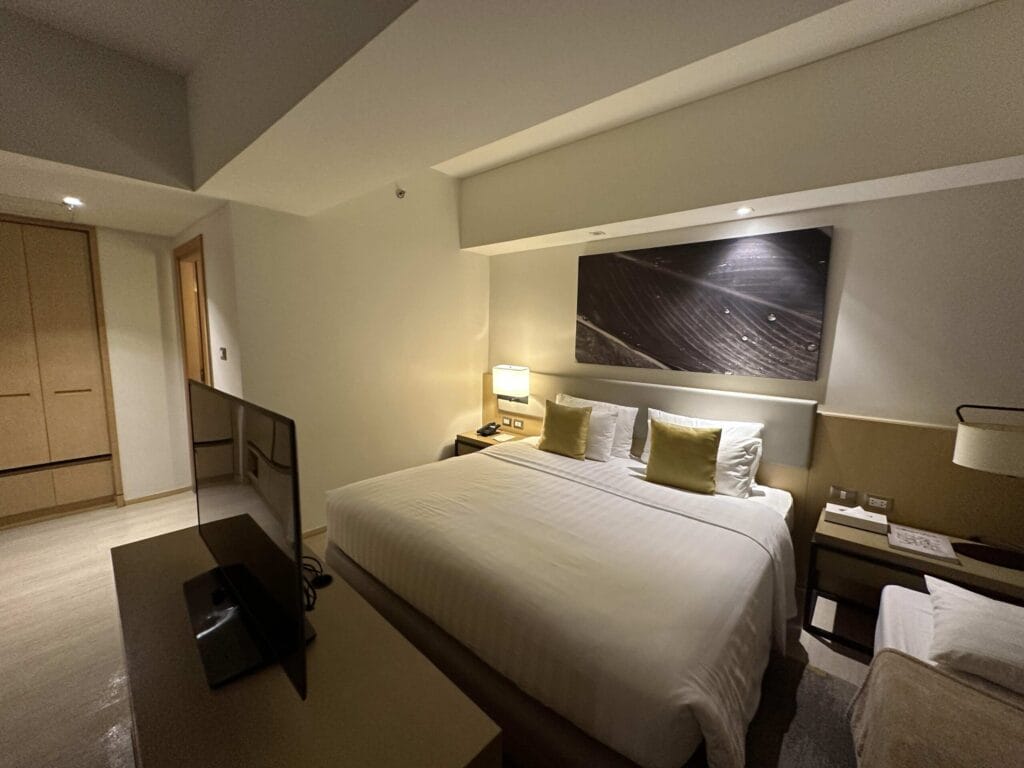
Quick Facts for Solo Travelers
Here’s what you need to know before planning your Philippines adventure:
- Currency: Philippine Peso (₱/PHP) – Current exchange rate: 1 USD = 57.24 PHP (April 2025)
- Budget Snapshot: $30-40 USD (₱1,700-2,300) per day including accommodation, food, and activities
- Language: English is widely spoken throughout the country
- Best Time to Visit: November to April (dry season), with January to March ideal
- eTravel Requirement: All travelers must register on the eTravel platform within 72 hours before arrival (FREE)
- Safety: Generally safe in Luzon and Visayas regions, but avoid Mindanao (particularly Zamboanga Peninsula and Sulu Archipelago)
- Visa: Most nationalities receive 30-day visa-free entry
- Internet: Good connectivity in towns and cities, spotty on remote islands
- Tipping: Not expected but appreciated (10% in restaurants)
- Transportation Apps: Download Grab (ridesharing) and Rome2Rio (route planning)
Best Destinations for Solo Travelers in the Philippines
The Philippines offers incredible diversity for solo travelers. I’ve spent time in each of these destinations and rated them based on my personal experience as a solo backpacker:
| Destination | Solo-Friendly Rating | Budget-Friendly Rating | Ideal Duration | Must-See Highlights |
|---|---|---|---|---|
| Palawan (El Nido/Coron) | 9/10 | 7/10 | 5-7 days | Big Lagoon, Small Lagoon, Nacpan Beach, Twin Lagoon |
| Cebu | 8/10 | 8/10 | 4-6 days | Kawasan Falls, Sardine Run, Whale Sharks, Canyoneering |
| Siargao | 9/10 | 7/10 | 5-7 days | Cloud 9 Surf, Sugba Lagoon, Island Hopping, Coconut Road |
| Bohol | 8/10 | 8/10 | 3-4 days | Chocolate Hills, Tarsier Sanctuary, Panglao Beach |
| Boracay | 7/10 | 6/10 | 3-5 days | White Beach, Puka Shell Beach, Sunsets, Nightlife |
| Manila | 6/10 | 7/10 | 2-3 days | Intramuros, Fort Santiago, National Museum |
| Moalboal | 8/10 | 9/10 | 3-4 days | Sardine Run, Turtle Viewing, Chill Atmosphere |
| Siquijor | 7/10 | 9/10 | 2-4 days | Cambugahay Falls, Old Enchanted Balete Tree, Beaches |
Why Palawan Is Perfect for Solo Travelers
I found Palawan to be the ideal balance for solo travelers. El Nido and Coron offer enough infrastructure to make travel comfortable while still delivering those jaw-dropping natural wonders that make you feel like you’ve discovered paradise. The island hopping tours (labeled A through D) make it easy to meet other travelers while exploring stunning lagoons and beaches.
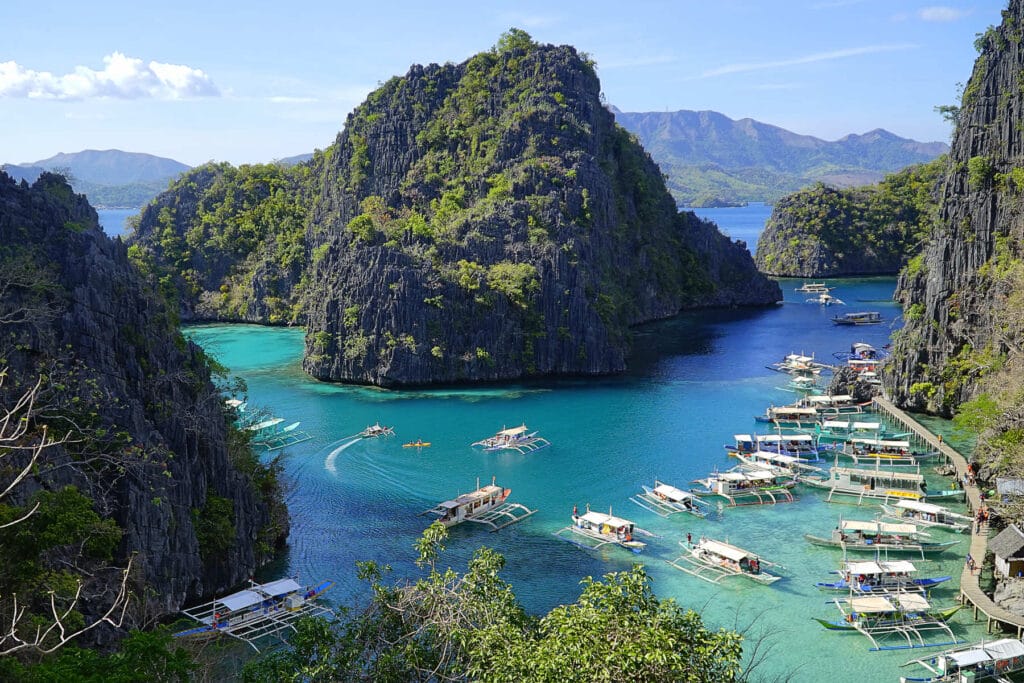
My personal highlight was a sunset kayak trip to the Small Lagoon in El Nido. I rented a kayak for ₱300 ($5.25 USD) and paddled through a small entrance into a hidden lagoon surrounded by limestone cliffs. As everyone else left for the day, I floated alone in crystal-clear water, watching the sky turn brilliant shades of orange and pink. These are the moments solo travel in the Philippines creates.
Siargao: A Solo Surfer’s Haven
Siargao deserves special mention for solo travelers. This teardrop-shaped island has an incredible social atmosphere that makes meeting other travelers effortless. Whether you’re a surfer or not (I definitely was not!), the laid-back vibe, communal dinners at hostels, and group trips to attractions like Sugba Lagoon make it nearly impossible to stay solo for long if you’re looking for company.

Getting Around on a Budget
Domestic Flights
Cebu Pacific is hands-down the most budget-friendly airline in the Philippines. I’ve found flights as cheap as ₱1,700-2,900 ($30-50 USD) between major destinations when booking a few weeks in advance. Set fare alerts through their app as they frequently run promotions. AirAsia and Philippine Airlines are good alternatives but typically slightly more expensive.
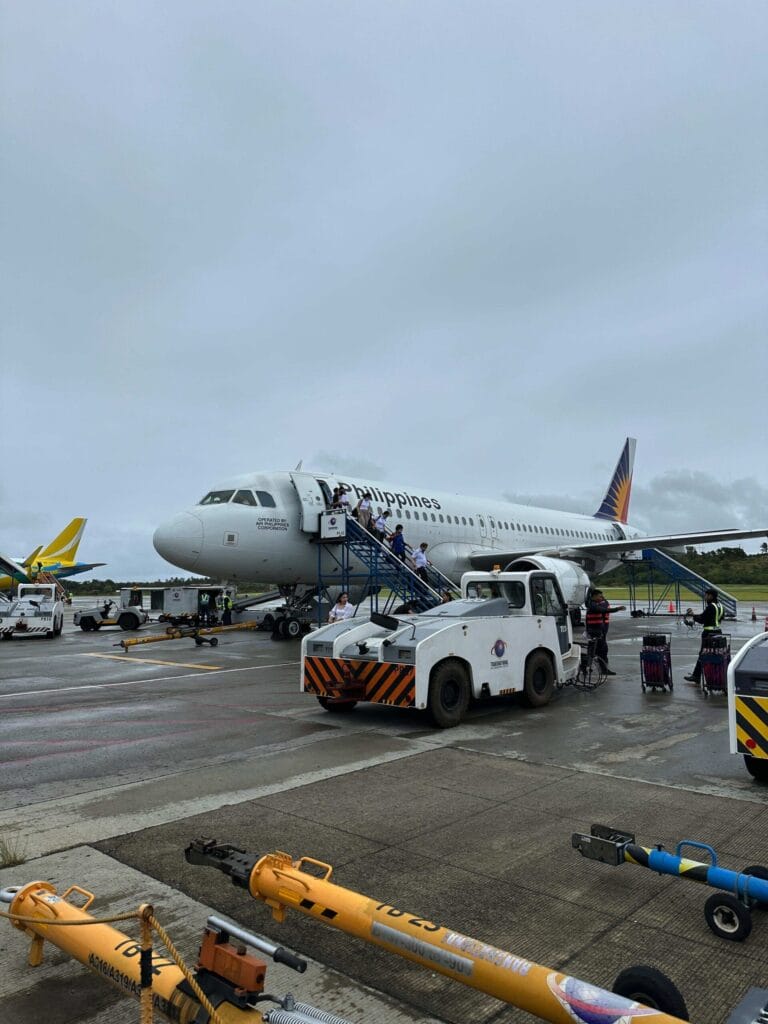
Pro tip: Book flights on Tuesdays around midnight Philippine time when many airlines release their sale fares!
Ferries and Boats
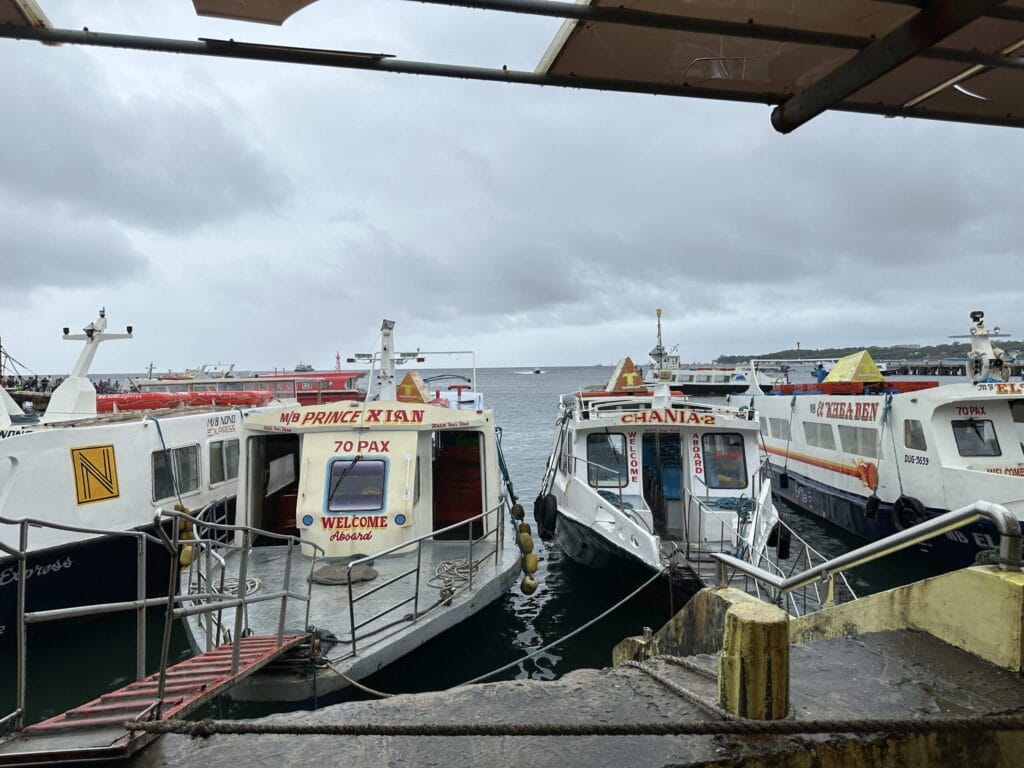
Island hopping is inevitable in the Philippines, and ferries are often the most economical way to travel between islands.
- Major routes: Companies like 2GO Travel and OceanJet operate between major islands
- Shorter distances: Expect to pay ₱200-500 ($3.50-8.75 USD) for passenger boats
- Weather considerations: Always check conditions before traveling, as cancellations due to weather are common
I learned this lesson the hard way when stranded on Siquijor for three extra days due to a small tropical storm! Always build buffer days into your itinerary when island-hopping.
Land Transportation
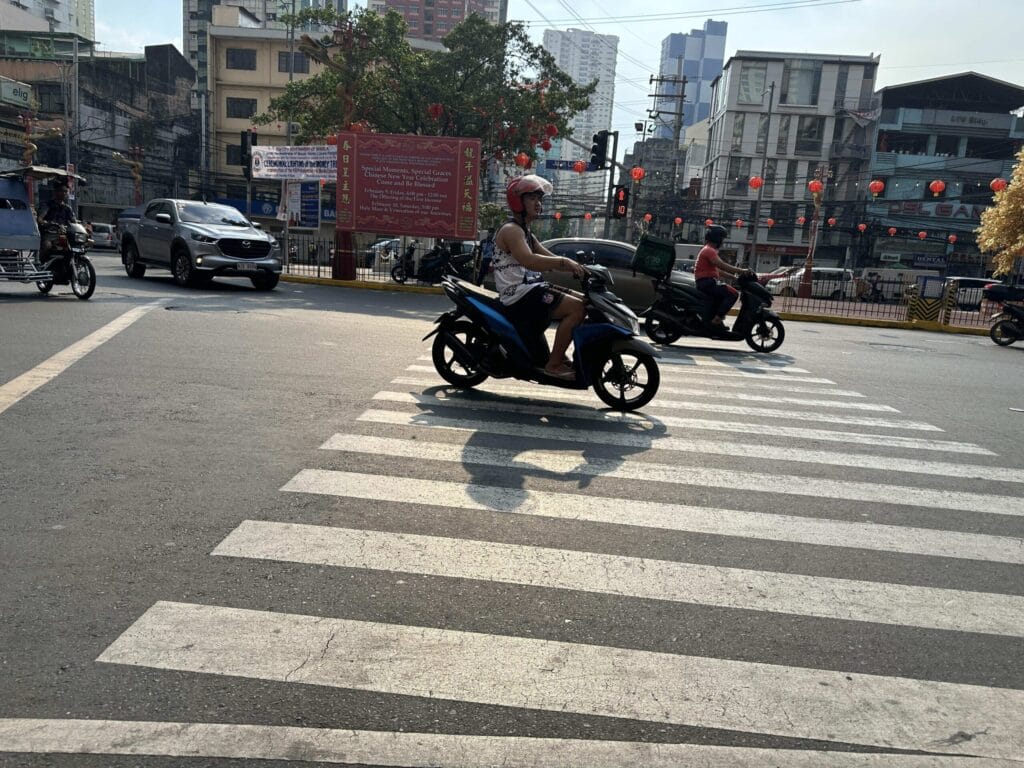
Once on an island, these are your budget-friendly options:
- Jeepneys: These colorful converted military jeeps are uniquely Filipino and cost around ₱10-20 ($0.17-0.35 USD) for short trips
- Tricycles: Motorcycle sidecars perfect for short distances, usually ₱20-100 ($0.35-1.75 USD) depending on distance
- Habal-habal: Motorcycle taxis common in rural areas, costing ₱50-200 ($0.87-3.50 USD)
- Buses: For longer routes, air-conditioned buses run between major towns ₱150-500 ($2.60-8.75 USD)
Download the Grab app for reliable taxi service in major cities like Manila and Cebu. While not as cheap as public transport, it’s safer when traveling at night or with luggage.
Where to Stay as a Solo Traveler
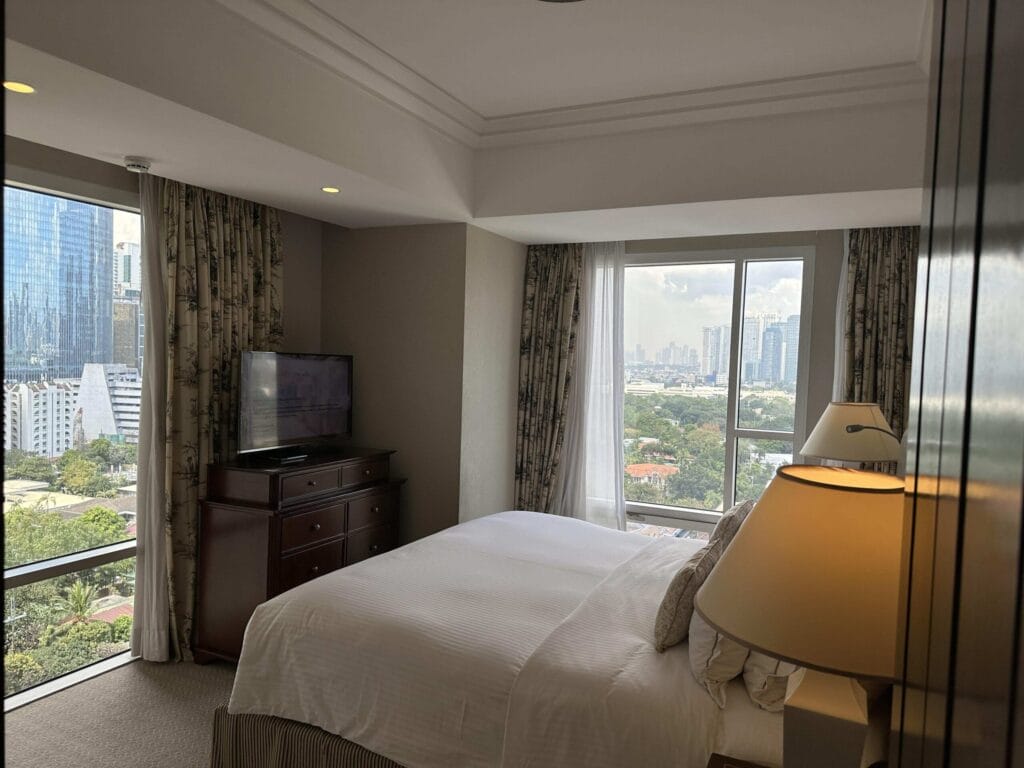
When traveling solo, I prioritize places with common areas for meeting others, good security, and central locations. Here are my top recommendations from personal stays:
| Accommodation | Location | Solo-Friendly Rating | Price Range | Social Atmosphere |
|---|---|---|---|---|
| Boracay Backpackers | Boracay | 9/10 | ₱1,200 ($21 USD)/night | Garden setting, close to White Beach, daily activities |
| Frendz Resort & Hostel | Siargao | 9/10 | ₱600-1,500 ($10-26 USD)/night | Pool, surfing community, family dinners |
| Mad Monkey Hostel | Cebu | 8/10 | ₱700-1,200 ($12-21 USD)/night | Rooftop bar, pool, pub crawls |
| Spin Designer Hostel | El Nido | 9/10 | ₱800-1,800 ($14-31 USD)/night | Modern design, tour desk, communal dinners |
| Z Hostel | Manila (Makati) | 8/10 | ₱700-1,200 ($12-21 USD)/night | Rooftop bar with live music, central location |
| Tribal Hostel | Cebu | 9/10 | ₱600-1,000 ($10-17 USD)/night | Co-working space, events, digital nomad vibe |
Money-Saving Accommodation Tips
- Avoid dorm beds that cost more than ₱800 ($14 USD) per night
- Negotiate weekly rates – I’ve saved up to 30% by staying longer in one place
- Low season discounts (May-November) can drop prices by 20-40%
- Book directly with hostels via WhatsApp after finding them online to avoid booking fees
- Consider Couchsurfing in major cities – I had wonderful experiences with hosts in Manila and Cebu
Food & Street Eats
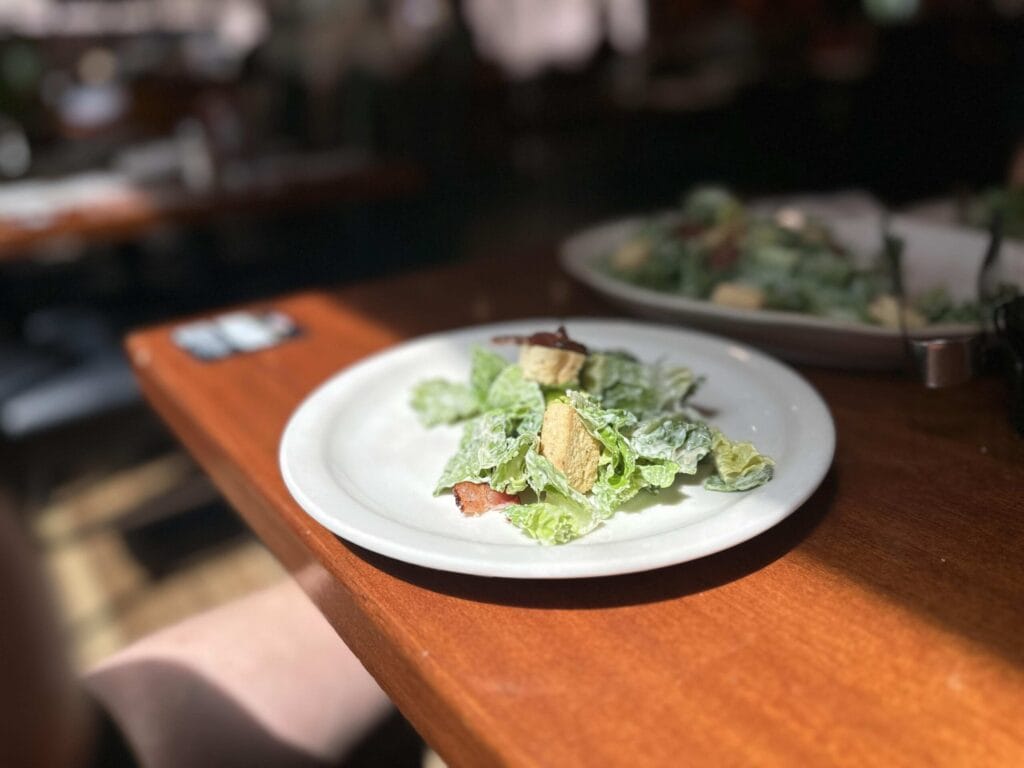
Filipino cuisine is an underrated delight with Spanish, Chinese, and American influences. The food scene offers incredible value for budget travelers.
Must-Try Filipino Dishes
- Adobo: Meat stewed in vinegar, soy sauce, and spices – ₱80-150 ($1.40-2.60 USD)
- Lechon: Roasted whole pig with crispy skin – ₱100-200 ($1.75-3.50 USD) per serving
- Sinigang: Sour soup with meat and vegetables – ₱80-150 ($1.40-2.60 USD)
- Sisig: Sizzling plate of chopped pig parts and liver – ₱100-180 ($1.75-3.15 USD)
- Halo-Halo: Shaved ice dessert with mixed ingredients – ₱60-120 ($1.05-2.10 USD)
- Balut: Fertilized duck egg (for the adventurous!) – ₱20-30 ($0.35-0.52 USD)
Budget Eating Tips
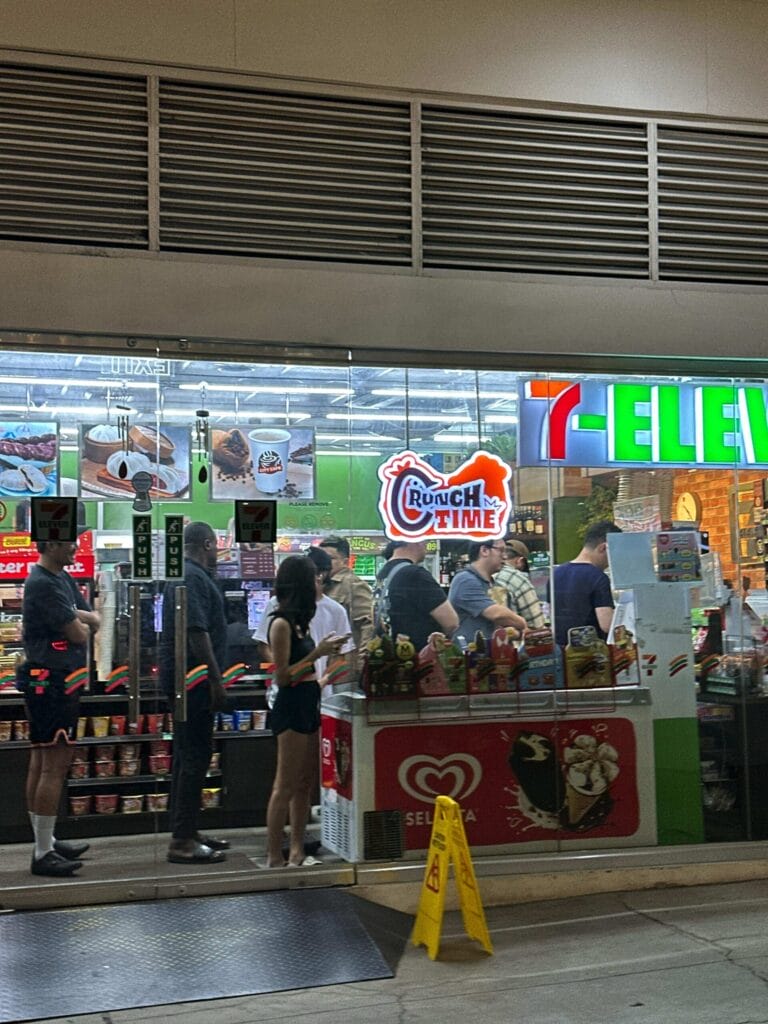
I found eating at local establishments not only saved money but also created opportunities to chat with locals. Here’s where to eat on a budget:
- Carinderia (local eateries): These simple street-side establishments offer home-cooked Filipino meals for ₱50-100 ($0.87-1.75 USD)
- Silog Meals: Any meat served with garlic rice and egg (tapsilog, longsilog) – filling breakfast for ₱70-150 ($1.22-2.60 USD)
- Fast Food Filipino-Style: Jollibee and Mang Inasal offer meals from ₱100-200 ($1.75-3.50 USD)
- Street Food: Try kwek-kwek (quail eggs), isaw (grilled intestines), and fish balls for ₱5-20 ($0.09-0.35 USD) per serving
My favorite discovery was in Cebu where a family-run carinderia served the best lechon I’ve ever tasted for just ₱120 ($2.10 USD). The matriarch of the family insisted I try her special vinegar dipping sauce and we ended up chatting for hours about Filipino cooking techniques.
Top Things to Do on a Budget
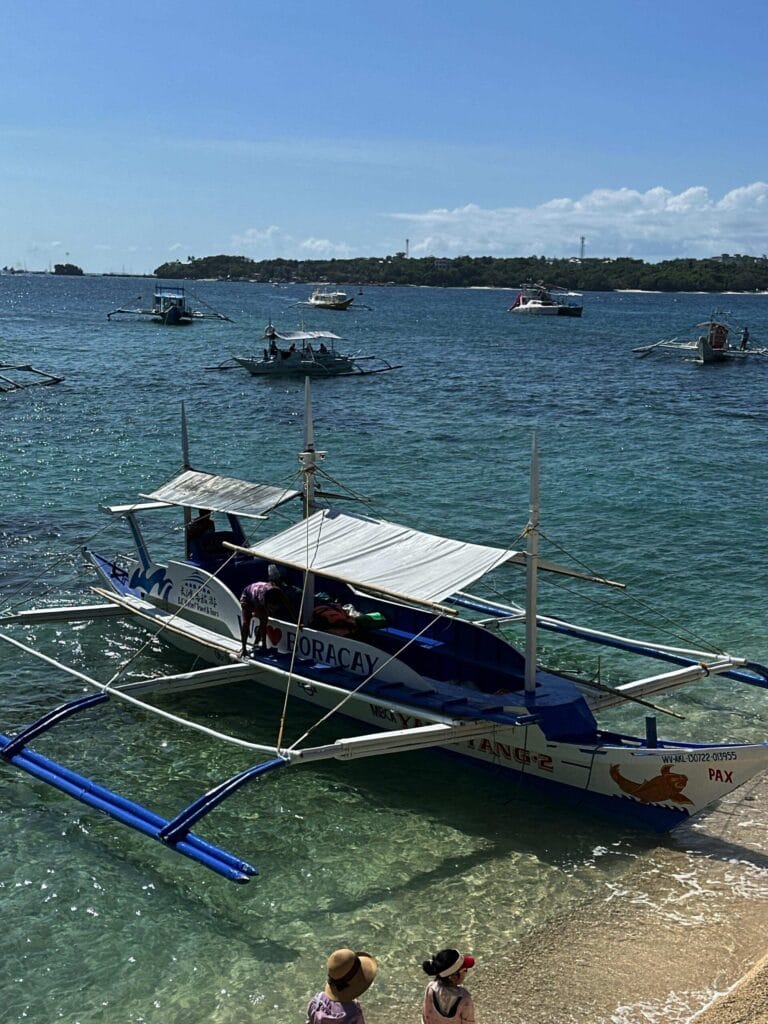
The Philippines offers countless budget-friendly activities that deliver world-class experiences. Here are my top recommendations based on personal experience:
| Activity | Location | Cost Range | Experience Rating | Best For |
|---|---|---|---|---|
| Island Hopping | El Nido, Coron | ₱1,200-2,500 ($21-44 USD) | 10/10 | Natural beauty, swimming, snorkeling |
| Diving/Snorkeling | Moalboal, Coron | ₱500-3,500 ($8.75-61 USD) | 9/10 | Marine life, underwater photography |
| Rice Terrace Trekking | Banaue, Sagada | ₱500-1,500 ($8.75-26 USD) | 8/10 | Cultural experience, photography |
| Waterfall Chasing | Cebu, Siquijor | ₱50-300 ($0.87-5.25 USD) | 9/10 | Adventure, swimming, nature |
| Beach Hopping | Boracay, El Nido | ₱0-500 ($0-8.75 USD) | 9/10 | Relaxation, swimming, sunsets |
| Cultural/Historical Sites | Manila, Cebu | ₱100-500 ($1.75-8.75 USD) | 7/10 | History, architecture, photography |
| Surfing | Siargao, La Union | ₱500-800 ($8.75-14 USD) | 8/10 | Adventure, meeting people, learning |
Free and Nearly-Free Activities
- Free Beach Time: Many of the world’s most beautiful beaches are completely free to enjoy
- DIY Walking Tours: In cities like Manila, explore places like Intramuros on foot
- Local Festivals: Time your visit with local fiestas for authentic cultural experiences at no cost
- Sunset Viewing: Find a good spot with a cold San Miguel beer (₱50/$0.87 USD) for the perfect evening
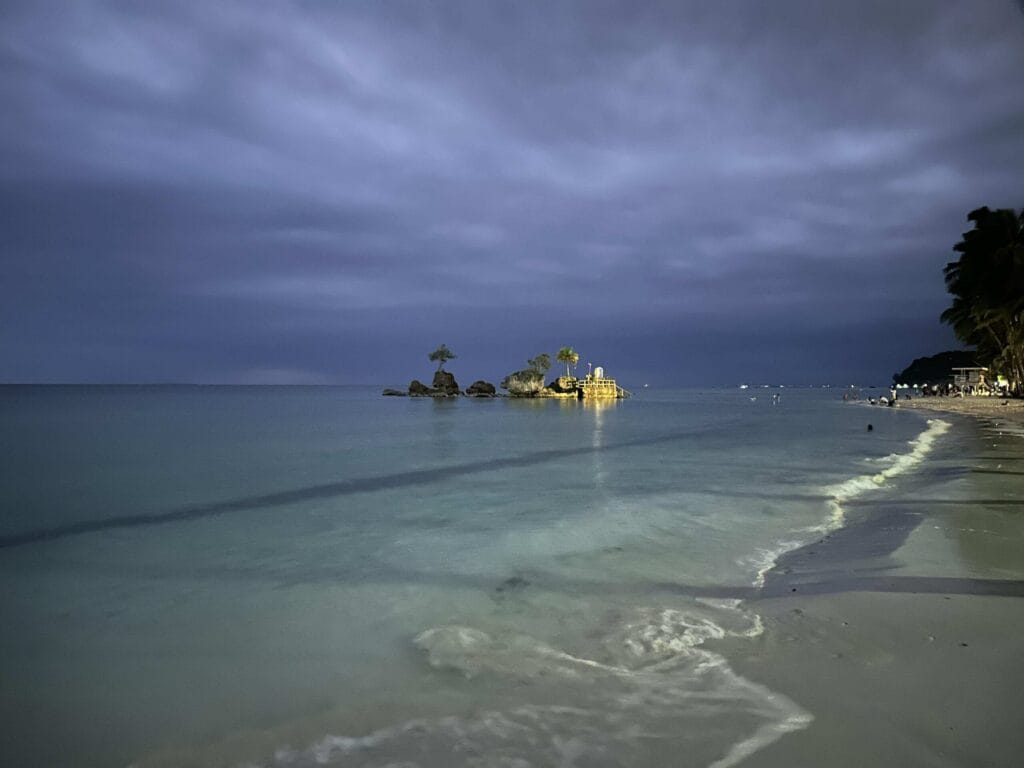
One of my most memorable experiences cost almost nothing: joining a group of locals for a sunrise hike to Osmena Peak in Cebu. It cost just ₱50 ($0.87 USD) for transportation plus a small tip for our impromptu local guide, but the views and connections made were priceless.
Meeting People as a Solo Traveler

The Philippines offers numerous ways to connect with both locals and fellow travelers:
- Hostel Common Areas: The easiest and most reliable way to meet other travelers
- Group Tours: Shared island hopping or adventure tours naturally create bonds
- Local Apps: Couchsurfing events and Facebook travel groups for meetups
- Free Walking Tours: Available in Manila and some other cities
- Learn to Surf: Surf schools in Siargao and La Union create instant communities
- Volunteer Opportunities: Short-term options exist in conservation and education
I was initially nervous about traveling solo, but ended up making lifelong friends during an impromptu beach bonfire in El Nido. The Filipino concept of “pakikisama” (getting along with others) means locals often go out of their way to include travelers in their activities.
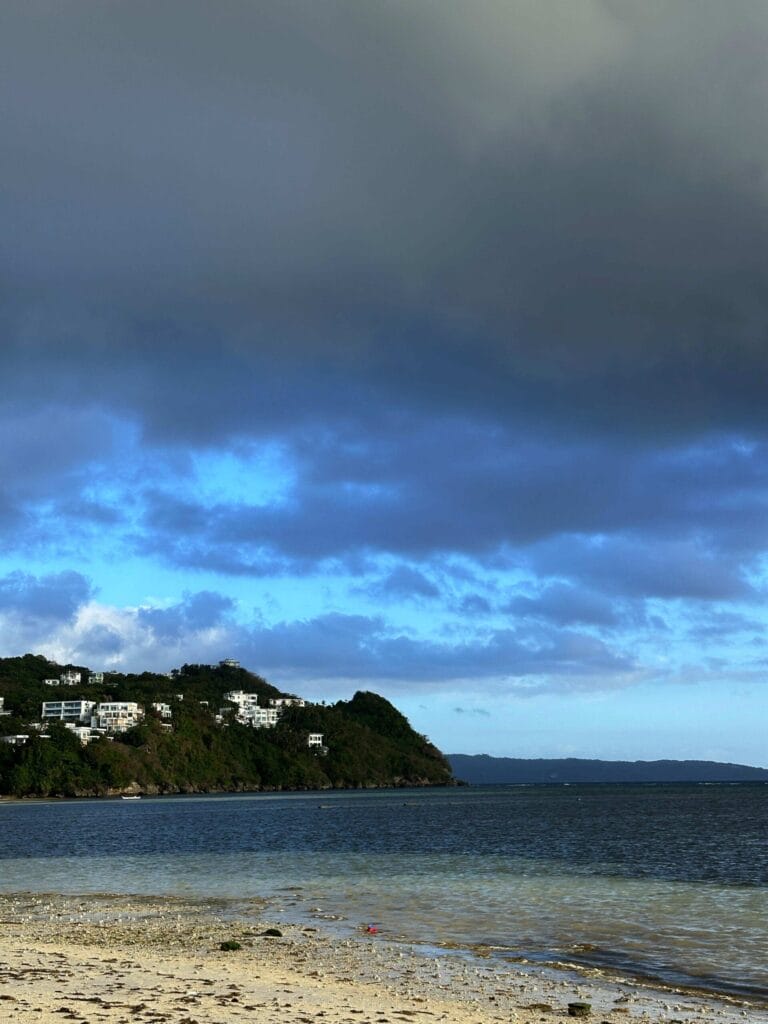
During my second week in the Philippines, I was invited to a local family’s Sunday gathering in Cebu after chatting with them at a market. They refused to let me contribute anything and treated me like family for the entire day. This kind of hospitality is what makes solo travel in the Philippines so special.
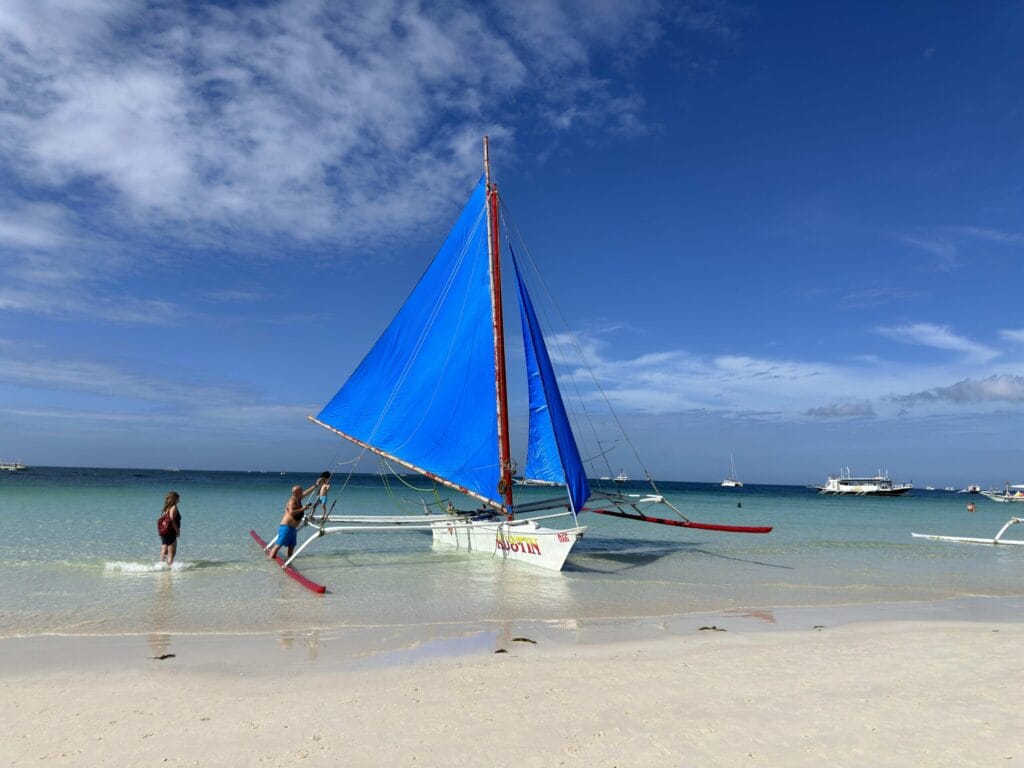
Budget Breakdown (2025 Prices)
Here’s an honest breakdown of daily costs for budget solo travel based on my actual spending:
| Expense Category | Budget (PHP/USD) | Mid-Range (PHP/USD) | Notes |
|---|---|---|---|
| Accommodation | ₱600-800 ($10-14) | ₱1,200-2,500 ($21-44) | Dorm beds vs. private rooms |
| Food | ₱300-500 ($5.25-8.75) | ₱600-1,000 ($10.50-17.50) | Street food vs. restaurants |
| Transportation | ₱200-300 ($3.50-5.25) | ₱500-800 ($8.75-14) | Public vs. private options |
| Activities | ₱300-500 ($5.25-8.75) | ₱1,000-2,000 ($17.50-35) | Group vs. private tours |
| Miscellaneous | ₱100-200 ($1.75-3.50) | ₱300-500 ($5.25-8.75) | SIM card, bottled water, etc. |
| Daily Total | ₱1,500-2,300 ($26-40) | ₱3,600-6,800 ($63-119) |
Money-Saving Tips
- Travel during shoulder season (November-early December or May-June)
- Stay in one region to minimize expensive domestic flights
- Eat where locals eat – follow workers during lunch hour
- Bring a reusable water bottle with filter to avoid buying bottled water
- Negotiate politely but firmly for tricycle/taxi fares before getting in
- Book accommodation directly to avoid online booking fees
- Get a local SIM card (Globe or Smart) for cheap data (approximately ₱300/$5.25 USD for 8GB)
- Join group tours rather than booking private experiences
- Travel with a microfiber towel as many budget accommodations charge for towel rental
Safety Tips for Solo Travelers
The Philippines is generally safe for solo travelers, but it’s always wise to take precautions:
- Regional Awareness: Stick to Luzon and Visayas regions. Avoid Mindanao, particularly the Zamboanga Peninsula and Sulu Archipelago.
- Transportation Safety: Use reputable companies for ferries and avoid overcrowded boats.
- Common Scams:
- Inflated taxi/tricycle prices (agree on fare beforehand)
- Unofficial “guides” at tourist sites (verify credentials)
- Overpriced tours (book through hostels or reputable agencies)
- Cultural Etiquette:
- Respect for elders is important (use “po” and “opo” in conversation)
- Conservative dress when visiting churches or rural areas
- Remove shoes when entering someone’s home
- Travel Insurance: Absolutely essential – healthcare facilities vary widely in quality
- Natural Hazards: Be aware of typhoon season (June-November) and have contingency plans
- Digital Safety: Use VPNs on public Wi-Fi and avoid ATMs in isolated areas
- Emergency Contact: Save the Tourist Police number: +63 2 523 8651
My experience with safety was overwhelmingly positive. The biggest challenge was occasional transportation delays rather than any security concerns. That said, I always kept emergency cash hidden separately from my wallet and avoided displaying expensive electronics in crowded areas.
My Personal Take
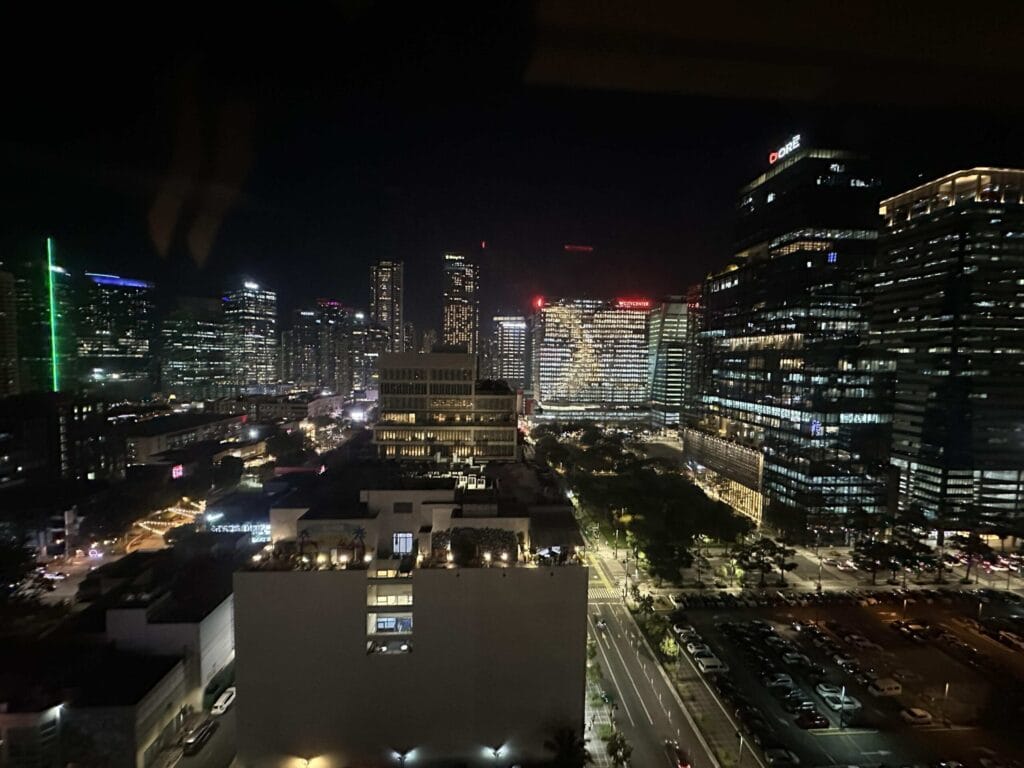
Solo traveling through the Philippines has been one of the most rewarding experiences of my life. The combination of breathtaking landscapes, genuine hospitality, and the ease of meeting fellow travelers makes it an ideal destination for anyone venturing out alone.

What I love most about the Philippines is how it rewards those willing to go beyond the obvious tourist spots. Some of my most treasured memories came from impromptu invitations to local homes, joining basketball games in village courts, and discovering tiny islands not mentioned in any guidebook.

For first-time solo travelers, I recommend starting in more developed destinations like El Nido or Cebu, where tourist infrastructure makes navigation easier. As your confidence grows, venture to less-visited islands where the true magic of the Philippines reveals itself.

Remember that island time moves at its own pace – schedules change, boats get delayed, and weather can alter plans. Embrace this flexibility rather than fighting it, and you’ll find yourself experiencing the authentic Philippines that makes solo travel here so special.
Planning Your Solo Trip to the Philippines
Ready to experience the Philippines for yourself? Here are practical next steps:
- Book your flight to Manila or Cebu – these are the main international gateways
- Reserve your first 2-3 nights of accommodation in advance
- Register on the eTravel platform within 72 hours of arrival
- Get travel insurance that covers adventure activities and medical evacuation
- Download essential apps: Grab, Maps.me (offline maps), and a currency converter
- Join Philippines travel Facebook groups to connect with other travelers
- Pack light – you’ll be island-hopping and moving frequently
- Bring a waterproof bag/case for electronics during island hopping
- Exchange some money at the airport for initial expenses
- Most importantly: Leave room in your itinerary for spontaneous adventures!
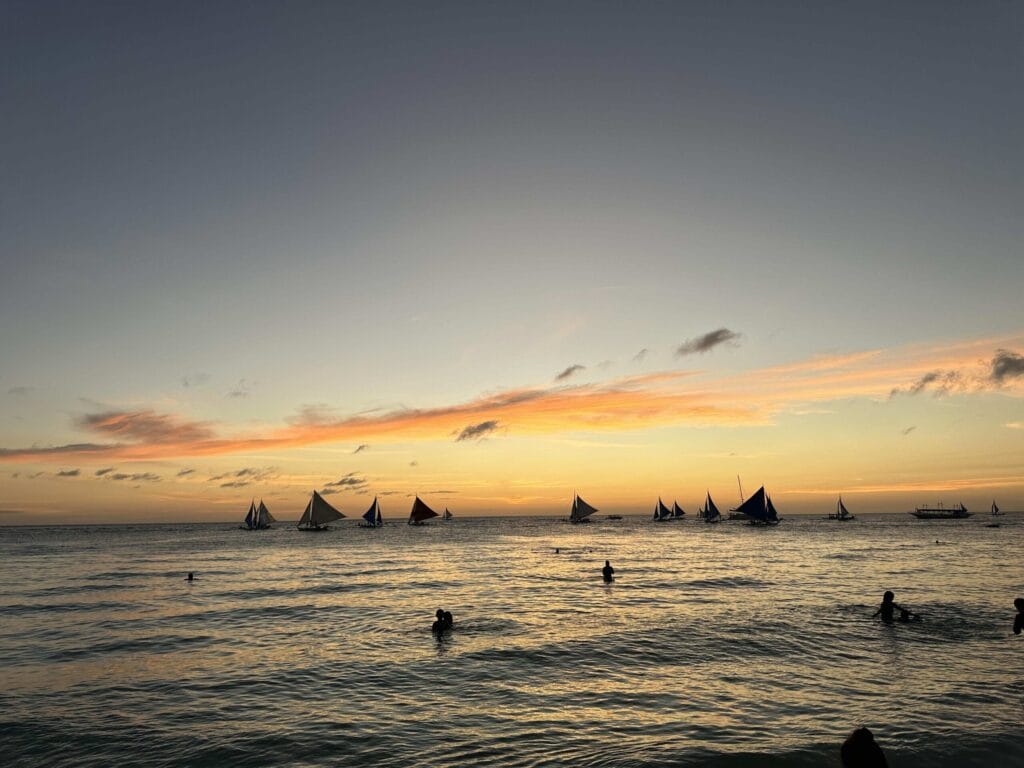
The Philippines isn’t just a budget-friendly destination – it’s a place where you’ll find yourself transformed by the journey. So pack light, bring an open heart, and prepare for adventure. The 7,000+ islands are waiting for you!
